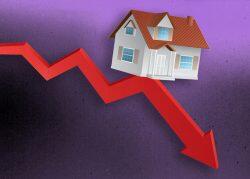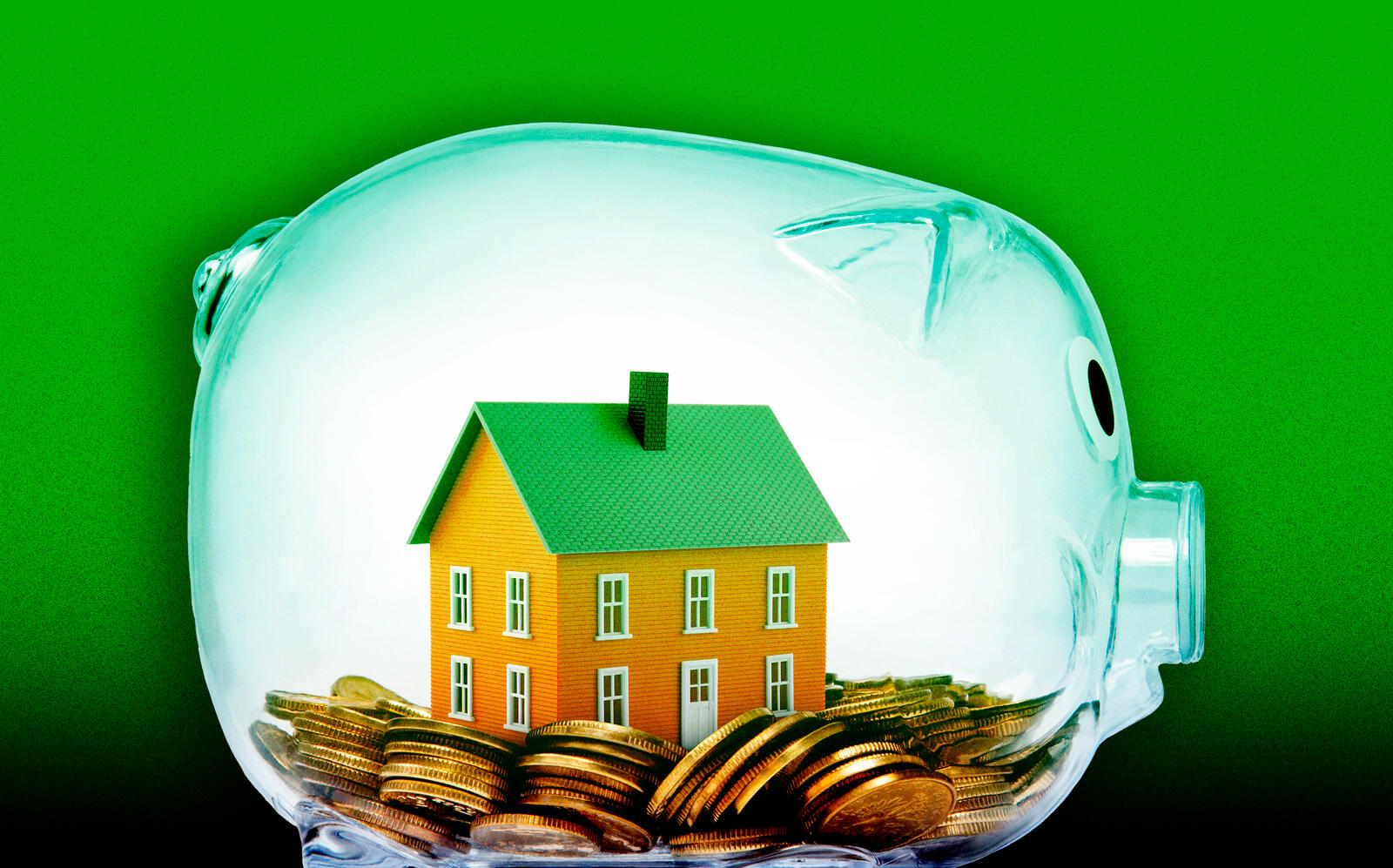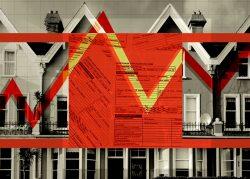 Mortgage demand plummets to lowest level in a year
Mortgage demand plummets to lowest level in a year
Trending
Cash-out mortgage refinancing hits 14-year high
54% of all third-quarter refis were cash-outs as borrowers pulled $70B from homes

As home values continue to climb, owners eager for extra cash are seeing their dreams come true.
Borrowers extracted $70 billion from their home equity through cash-out refinances in the third quarter, according to mortgage data provider Black Knight. Cash-outs accounted for 54 percent of all refinances, the highest quarterly rate in 14 years.
But homeowners are not partying like it’s 2005. The $70 billion represented just 0.8 percent of tappable equity at the start of the quarter.
“For context, that’s less than a third of the rate at which people were pulling cash out of their homes at the peak of such activity in 2005,” said Black Knight’s Ben Graboske.
Graboske, president of the firm’s data and analytics arm, noted that underwriting standards have increased, with the average credit score of cash-out borrowers 50 points higher than in 2005, and lower loan-to-value ratios.
Read more
 Mortgage demand plummets to lowest level in a year
Mortgage demand plummets to lowest level in a year
 Drop in home refinancing crimps mortgage firms’ profits
Drop in home refinancing crimps mortgage firms’ profits
“The average borrower’s mortgage debt is just 45.2 percent of their home’s value — the lowest total market leverage we’ve ever recorded, going back at least to the turn of the century,” Graboske added. “In short, it’s a markedly different time and market today.”
The amount of equity homeowners could theoretically withdraw while still retaining at least a 20 percent stake in their homes jumped $254 billion in the quarter to $9.4 trillion, a record.
“The aggregate total of $9.4 trillion is up an astonishing 32 percent from the same time last year and nearly 90 percent higher than the pre-Great Recession peak in 2006,” Graboske said.
Tappable equity surged on strong home price growth over the past few years. The average mortgage holder’s equity stake rose $53,000 in the past 18 months, giving that homeowner nearly $178,000 in tappable equity, assuming a maximum loan-to-value ratio of 80 percent.
Tight inventory continues to drive prices upward, albeit at a slowing pace, and the monthly principal and interest payment needed to purchase an average-priced home has surged 24 percent since the start of the year, according to Black Knight. The monthly mortgage payment required to purchase an average-priced home with 20 percent down has jumped nearly 25 percent.
It now takes 22.4 percent of median income to make monthly mortgage payments for average-priced homes purchased with a 20 percent down payment and a 30-year mortgage, up from 18.1 percent at the beginning of the year. That’s the largest chunk of income required to make a home purchase since 2018, when interest rates were about 5 percent.




